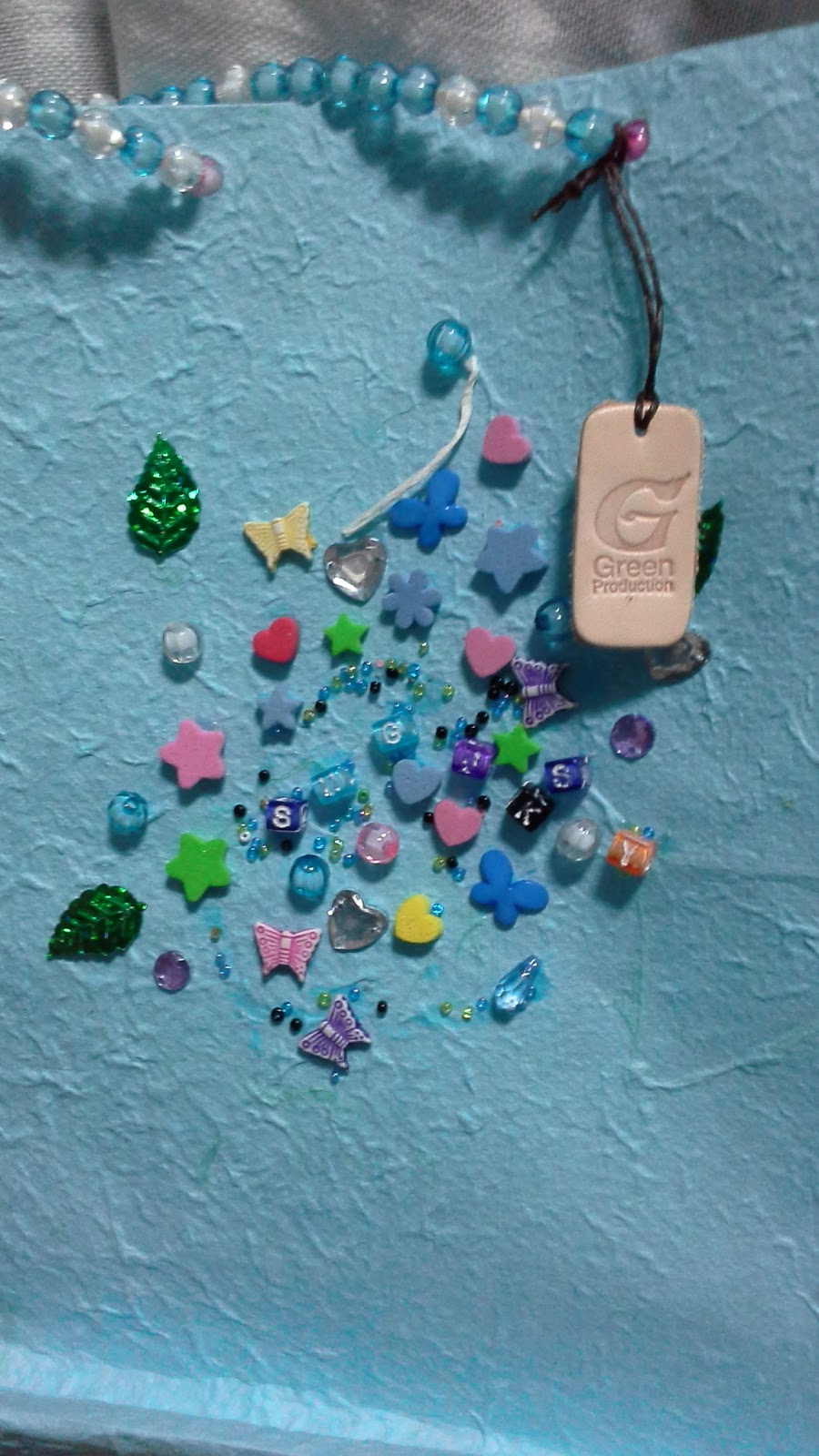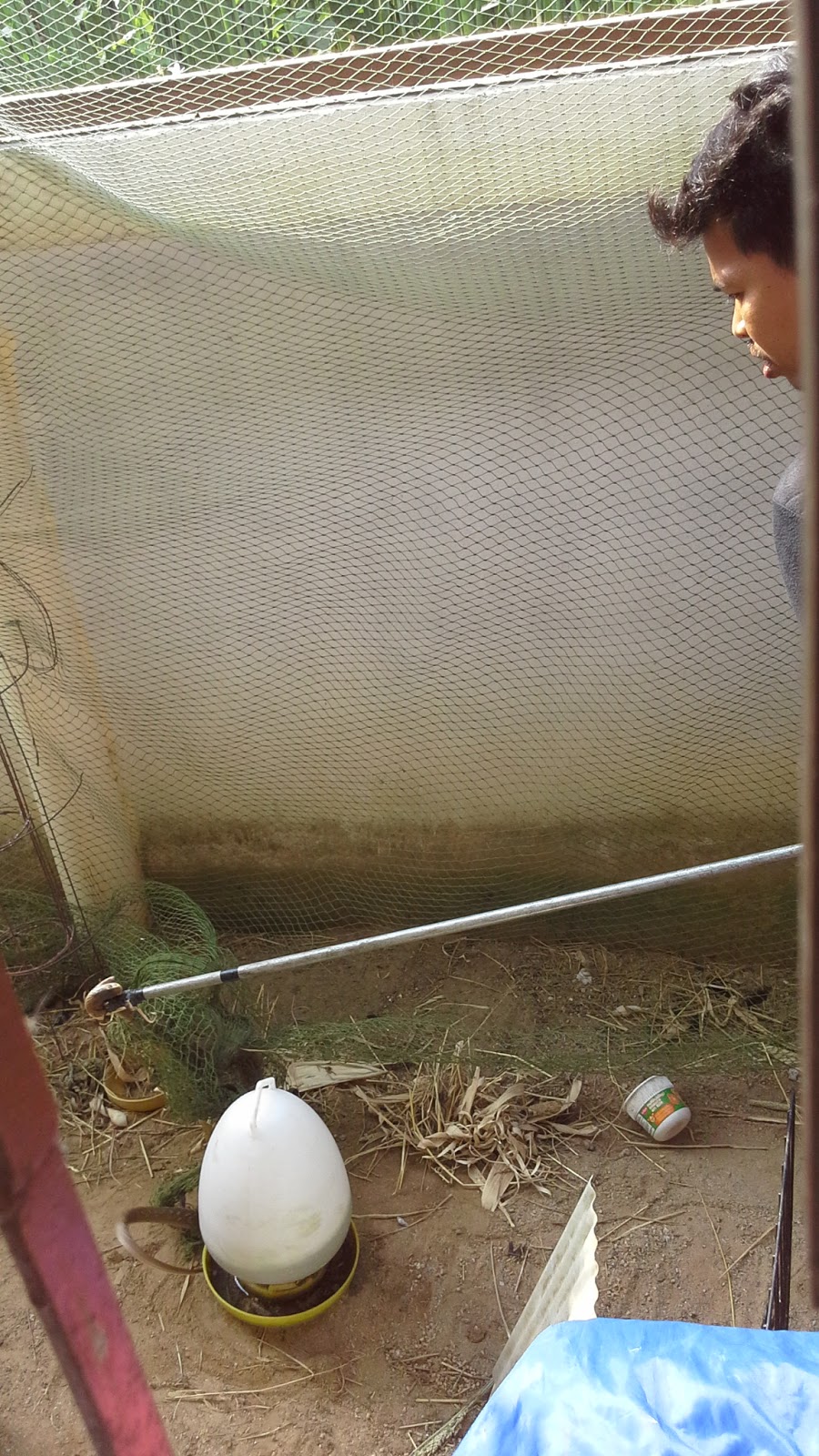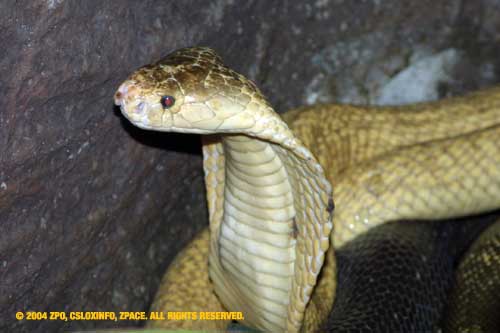Sugar screaming day..in chicken coop and garden..
http://www.bedo.or.th/lcdb/biodiversity/view.aspx?id=8065
http://www.ncbi.nlm.nih.gov/pubmed/12495362
Drug Saf. 2003;26(1):33-48.
Aristolochic acid and 'Chinese herbs nephropathy': a review of the evidence to date.
Abstract
Chinese herbs nephropathy (CHN) is a rapidly progressive interstitial nephropathy reported after the introduction of Chinese herbs in a slimming regimen followed by young Belgian women. It is characterised by early, severe anaemia, mild tubular proteinuria and initially normal arterial blood pressure in half of the patients. Renal histology shows unusual extensive, virtually hypocellular cortical interstitial fibrosis associated with tubular atrophy and global sclerosis of glomeruli decreasing from the outer to the inner cortex. Urothelial malignancy of the upper urinary tract develops subsequently in almost half of the patients. Suspicion that the disease was due to the recent introduction of Chinese herbs in the slimming regimen was reinforced by identification in the slimming pills of the nephrotoxic and carcinogenic aristolochic acid (AA) extracted from species of Aristolochia. This hypothesis was substantiated by the identification of premutagenic AA-DNA adducts in the kidney and ureteric tissues of CHN patients. Finally, induction of the clinical features (interstitial fibrosis and upper urothelial malignancy) typical of CHN in rodents given AA alone removed any doubt on the causal role of this phytotoxin in CHN, now better called aristolochic acid nephropathy (AAN). AAN is not restricted to the Belgian cases. Similar cases have been observed throughout the world, but AA is sometimes incriminated on the basis of the known content of AA in the herbs. The possibility remains that in some individuals in whom AA has not been demonstrated, other phytotoxins might be implicated. Biological and morphological features of AAN are strikingly similar to those reported in another fibrosing interstitial nephropathy of still unknown aetiology, Balkan endemic nephropathy (BEN). Interestingly, AA was incriminated as the cause of BEN many years ago, a hypothesis yet to be fully explored. The intake of AA and the presence of tissular AA-DNA adducts in patients with an unequivocal diagnosis of BEN remains to be demonstrated. The tragic phenomenon of CHN, recognised only 10 years ago, has been at the root of significant research and progress both in nephrology and oncology. It has provided a fascinating opportunity to understand the link between a fibrosing interstitial nephropathy and urothelial carcinoma. It allows the categorisation of interstitial nephritis on the basis of histological findings, of initiating toxic substances and of associated clinical features. Finally, it has led to the withdrawal in several countries of a previously unsuspected carcinogenic and nephrotoxic substance.
- PMID:
- 12495362
- [PubMed - indexed for MEDLINE]
| ชื่อท้องถิ่น: | ไก่ฟ้า |
| ชื่อสามัญ: | ไก่ฟ้าพญาลอ |
| ชื่อวิทยาศาสตร์: | Aristolochia elegans |
| ชื่อวงศ์: | Aristolochiaceae |
| ลักษณะวิสัย/ประเภท: | ไม้เถา |
| ลักษณะพืช: | เป็นไม้เถาเวลาออกดอกจะมีลักษณะคล้ายไก่แต่จะเป็นลายจุดๆ และมีเมล็ด |
| ปริมาณที่พบ: | น้อย |
| การขยายพันธุ์: | ใช้เมล็ด |
| อธิบายวิธีการเพาะ/ขยายพันธุ์: | เพาะเมล็ด |
| การใช้ประโยชน์/ส่วนที่นำไปใช้ประโยชน์: | ปลูกเป็นไม้ประดับ |
Naja Naja is a genus of venomous elapid snakes. Although several other genera share the common name, Naja species are the most recognized and most widespread group of snakes commonly known as cobras. Wikipedia Scientific name: Naja Rank: Genus Higher classification: Elapidae Lower classifications: Red spitting cobra, Chinese cobra, more



























































PubMed Commons